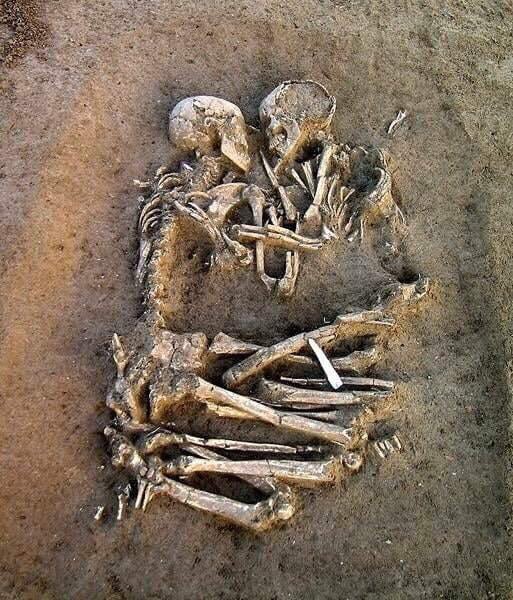Ancient Greek Course for Beginners
Ancient Greek is one of the basic languages through the centuries. It is not only due to its (linguistic and mental) relationship to the European culture, but also because of its diachronic history. The modern world, as we experience it nowadays, has been mainly based on the influence of the ancient Greek and Roman cultures. The earliest documents of the Greek language are dated in the 15th century BC. It is about written records in the syllabic Linear B script, which were imprinted on clay tablets. In 1952, the classicists Michael Ventris and John Chadwick deciphered these texts, which were found during excavations at the Mycenaean palaces, and proved that their language was the ancient Greek. Moreover, modern scholars have discussed that the Homeric texts have been initially written in the Mycenaean dialect. Since the use of the Phoenician alphabet in the 8th century BC, the main Greek idiom, the Attic, has been used to express the necessities of Philosophy, Poetry, Politi...

